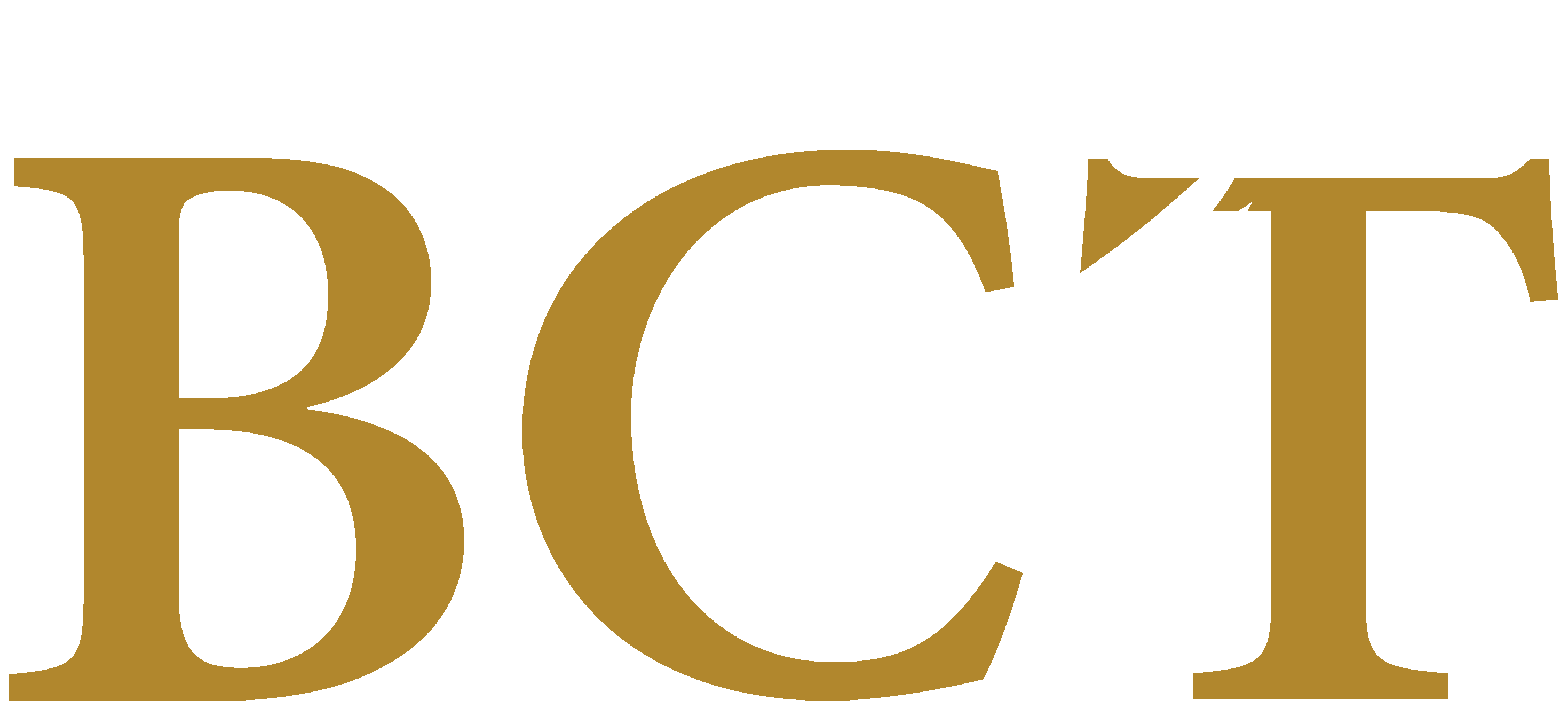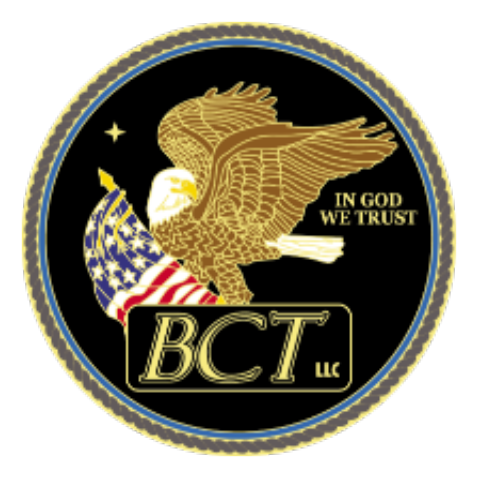Enterprise Management
The discussions in this topic are intended to provide an initial overview for any interested reader, not just a technical professional. It is designed as a quick read for a decision-maker or other interested reader anyone who needs an quick understanding of the topic at a high level or for a decision-maker who needs to get up-to-speed.
The terms Information Technology Enterprise Management (ITEM) or Enterprise Information Technology Management (EITM) refer to concepts, processes, and systems whose purpose is the efficient management of complex enterprise information technology infrastructures.
Challenges
Today's networked information systems have become increasingly complex, they have presented increasing challenges to government and commercial organizations. Typical challenges include:
Landscape Discovery
In today's enterprise infrastructures, a common concern is understanding the network topology, including information system servers, users, communication paths and information flows. Within this, organizations must assess the role of their legacy systems, and migration strategies. Plans must include the constraints of communications infrastructures.
Dealing with Change
Change is a core part of the internet. It was designed with an open architecture including layers of services. Applications are built upon these layers, and as new capabilities and new service offerings are utilized, it is a continuing challenge to maintain compatibility between the old and new systems. An interesting paradox during these changes has been the role of the Data Center. Once regarded as out-dated in the world of distributed computing, Data Centers have returned to new relevance in the world of Web Services.
Controlling Access
The fundamental security requirement is controlling access to information, assuring that the right information is available only to the intended users. Sharing information with partners and customers across shared infrastructures involves special challenges, beginning with starting with the correct solution concept and architecture. Often information system must provide secured services to external users, and with methods that do not compromise the organizational intranets.
Scalability
Implementing security across a large enterprise is a special challenge, since it involves issues of scalability. An inefficient solution concept can be forced to work in a small environment, but will typically fail when attempted on the scale of most enterprises. Typical challenges include supporting required user services, and maintaining cost-effective operations.
Goals
The enterprise includes users, workstations, servers, networks, and boundary systems. Managing these involves ensuring that the users are provided with the capabilities to conduct their responsibilities in an efficient and secure manner. This is accomplished through the management of assets and services.
Enterprise Management Functions

Functions include:
Management of Assets
- Configuration Management
- Change Management
- Capacity Management
Management of Services
- Asset Management
- Incident Management
- Problem Management
- Deployment Management
Terminology
Information Technology Infrastructure Library (ITIL)
The Information Technology Infrastructure Library (ITIL), is a set of practices for IT service management (ITSM) that focuses on aligning IT services with the needs of business. The names ITIL and IT Infrastructure Library are registered trademarks of the British Government who created the terms.
Configuration Management Database (CMDB)
The Configuration Management Database (CMDB) is a repository of information related to all the components of an information system. It contains the details of the configuration items (CI) in the IT infrastructure.







